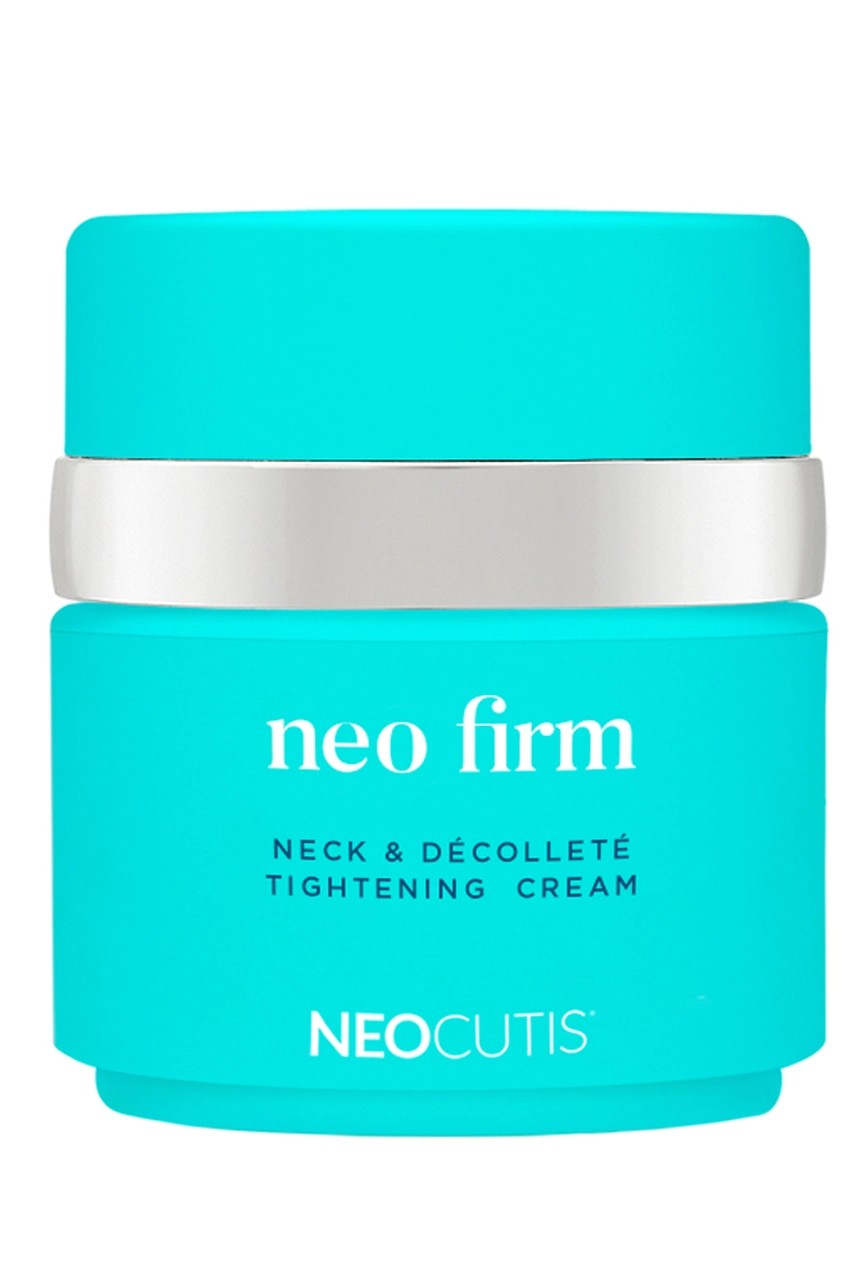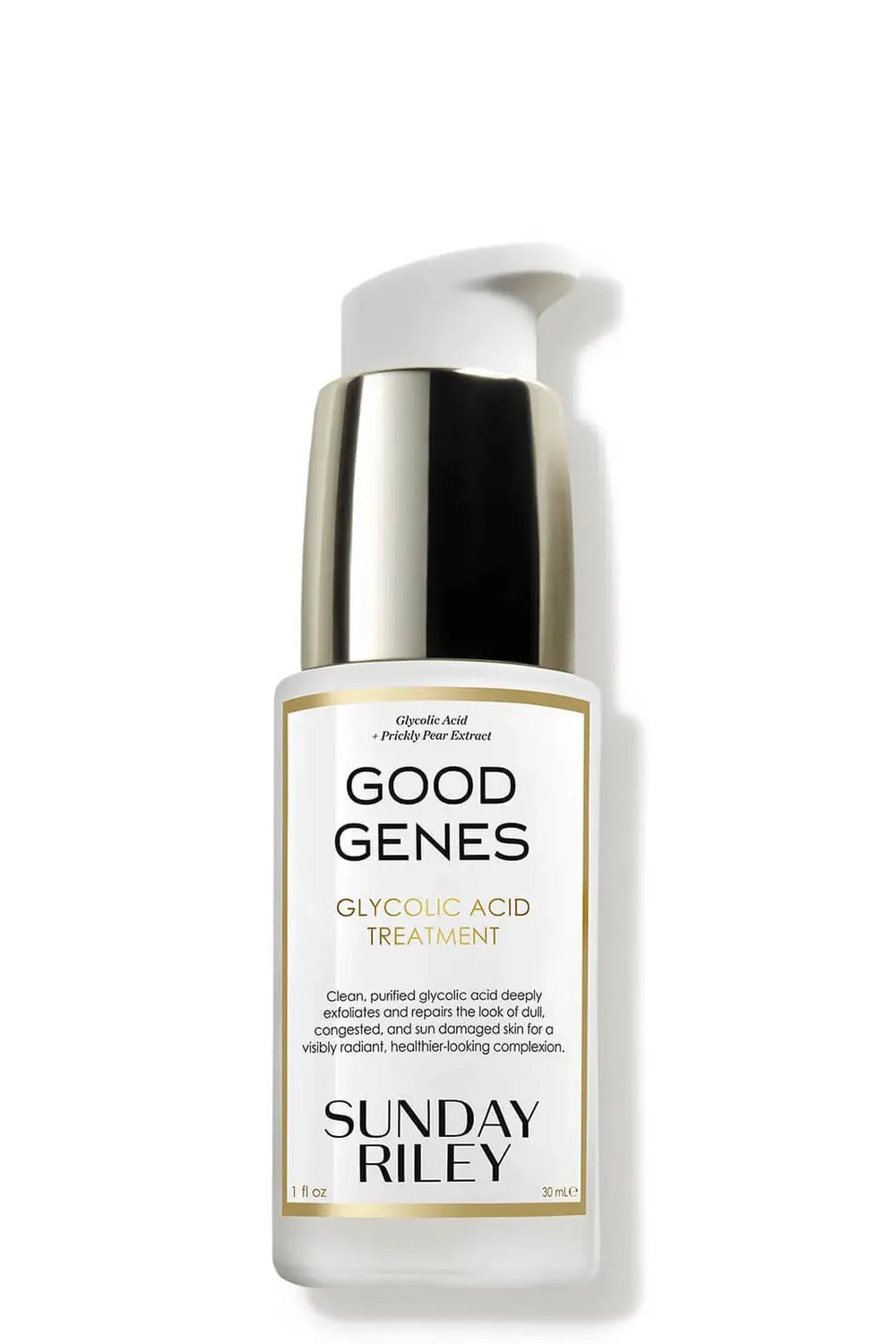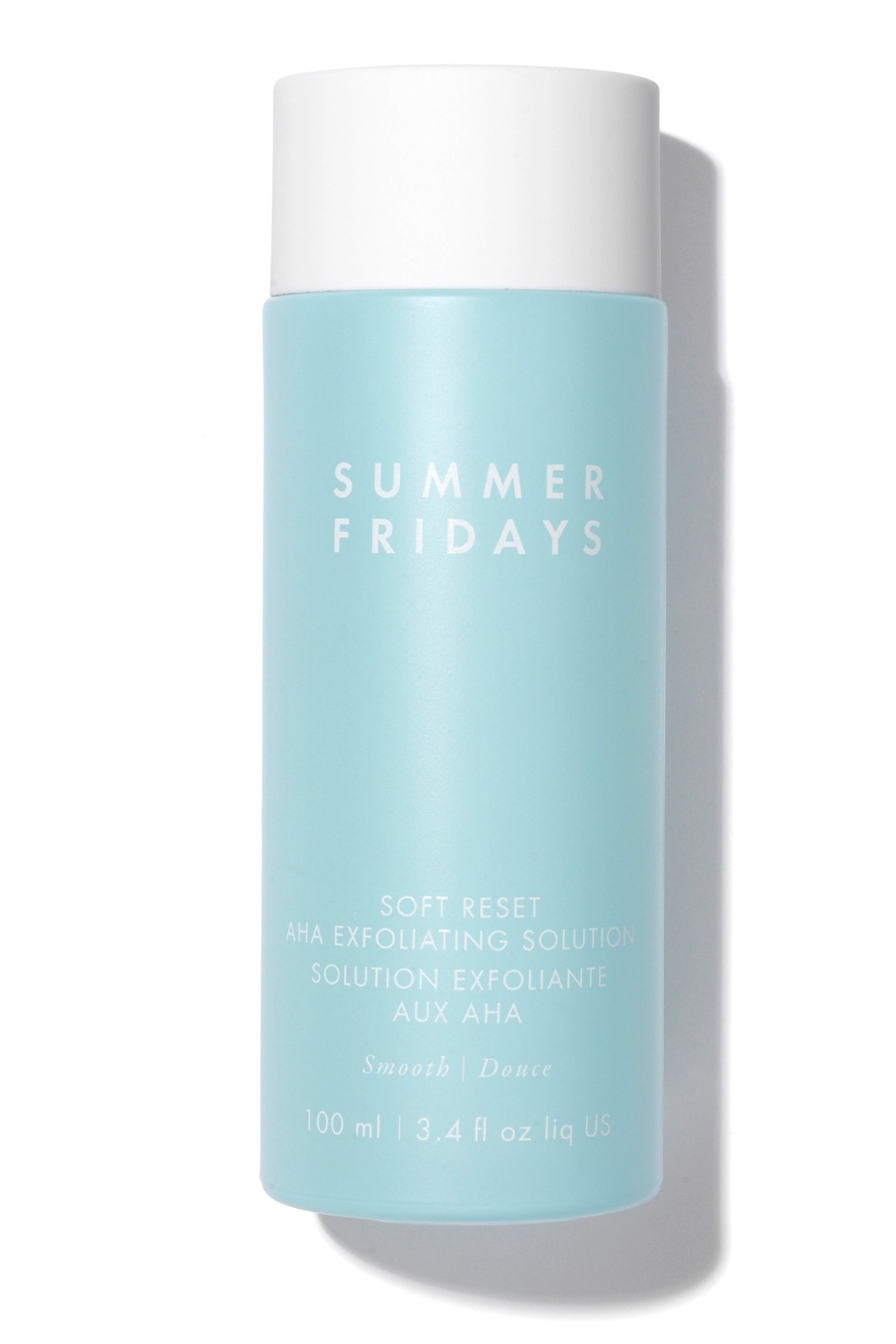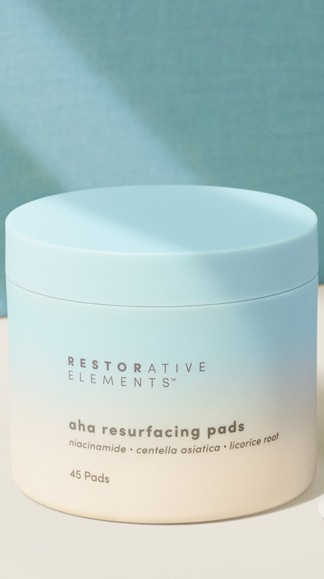Glycolic Acid: What It Is and How It Works On Your Skin
We’re breaking down the benefits, drawbacks, and go-to products.


It’s easy to get lost in the big, wide world of skincare acids. While each ingredient has its respective claim to fame, glycolic acid in particular has become a fan favorite—and for good reason. “Through exfoliation, glycolic acid can lessen the appearance of fine lines and wrinkles, diminish hyperpigmentation, and reduce acne,” says Dr. Anne Chapas, board-certified dermatologist and medical director at Union Square Dermatology. “And, because of its humectant properties, glycolic acid draws and retains water into your freshly exfoliated skin. This hydrates dry skin while preventing signs of aging.”
While we can (and will) go on about the benefits of the alpha-hydroxy acid, it’s important to call out that it’s not exclusively rainbows and butterflies. As is typical with most acids, you run the risk of over-exfoliation, burning, dryness, or irritation. To figure out if adding glycolic acid into a skincare regimen is right for you—and learn what to look for in a product—keep reading. We tapped a handful of top dermatologists to help us create a one-stop-shop guide to all things glycolic acid.
What Is Glycolic Acid?
When it comes to chemical exfoliants, there are two groups to consider: alpha-hydroxy acids and beta-hydroxy acids. While the latter category is oil-soluble, alpha-hydroxy acids (which include lactic acid, glycolic acid, and mandelic acid to name a few) are water soluble and gently remove dead skin cells, explains Dr. Rachel Nazarian, board-certified dermatologist from Schweiger Dermatology Group. What makes glycolic acid stand out from the rest of the AHA crowd though, is its small molecular weight. That's basically a scientific way of saying that it is going to sink into the skin and get working a lot quicker and easier than other ingredients.
That in mind, getting glycolic acid—and its benefits—onto your skin can be done in a wide variety of ways. Sure, there’s plenty of serums, pads, and moisturizers, but there’s also in-office glycolic acid peels. “You can get really low concentrations over the counter (think: two to 20 percent) and they don’t have to be neutralized. They’ve already been buffered and may come in a gel formulation or a cream or a lotion,” explains Dr. Nazarian. “But in the office, we’ll sometimes use a real chemical peel version of glycolic acid and those can go from 30 percent, which is pretty superficial, to 50 or 70 percent, which is more intense.”
The Benefits of Glycolic Acid
As a result of its exfoliating properties, glycolic acid offers a wide range of benefits. “It’s ideal for anyone interested in evening out skin tone, stimulating collagen production to help with fine lines, and improving glow in skin that is dull,” explains Sumayah Jamal, MD-PhD, Director of the Skin of Color Specialty Clinic at Schweiger Dermatology Group.
But here’s the best part. Because glycolic acid also has humectant properties, aka it locks moisture inside, it’s going to help maintain a balance in the skin. This makes it a great option for anyone with sun-damaged or acne-prone skin, or those dealing with hyperpigmentation.
The Drawbacks of Glycolic Acid
While glycolic acid, especially over the counter options, are known to be on the gentler side, you do still run the risk of over-exfoliation. “Over exfoliating can cause your skin to feel irritated, red, and inflamed,” explains Dr. Chapas. “It can also lead to dry, cracked skin, and in some cases, broken blood vessels.” Dr. Nazarian adds that giving yourself a chemical burn (use your sunscreen, people) isn’t out of the question either. “There are downstream effects from adding anything into your regimen,” she explains. “It’s cause and effect. While you can resurface skin cells faster, there’s other things that you have to be really careful about because you’re disrupting the balance.”
Get exclusive access to fashion and beauty trends, hot-off-the-press celebrity news, and more.
Messing with the status quo on the skin is an extra point of concern for anyone with eczema or super reactive skin, as changes may cause a flare up. If you have any questions about using acids, consult with your dermatologist.
How to Incorporate Glycolic Acid Into Your Skincare Routine
The motto "slow and steady wins the race" holds true when dealing with glycolic acid. First, patch test any product on your wrist or neck for 24-48 hours to see how your skin reacts. If all looks good to go, incorporate the OTC glycolic acid product of your choosing into your routine once to twice a week.
As for choosing a product? The options are pretty endless. But Dr. Jamal recommends using a leave-on formula by way of a toner, serum, moisturizer, or pad, as opposed to a wash-off formula like a facial cleanser. (Doctor's note: only use one glycolic acid product at a time—more isn't better.)
What Skincare Products Should I Use—and Avoid—With Glycolic Acid?
The most important takeaway from this whole article is that if you’re going to use glycolic acid, you better damn well wear your sunscreen. Any type of acid is going to make skin more sensitive to the sun (it’s sloughing off the dead top layer), so being uber-cognizant with SPF is key. “It’s like an insurance policy,” explains Dr. Nazarian. “You’re putting all this effort into undoing damage caused by the sun. If you have already committed to making your skin better, then you should be protecting that investment.”
In addition to sunscreen, she also suggests loading up on hydrating lotions, serums, and creams. “Add on that hyaluronic acid and all the ceramides, because your skin is going to want it and need it.” On the flip side, you’re going to likely want to steer clear of scrubs, facial exfoliating tools, and other acids.
The Best Glycolic Acid Skincare Products

Samantha Holender is the Senior Beauty Editor at Marie Claire, where she reports on the best new launches, dives into the science behind skincare, and shares the breakdown on the latest and greatest trends in the beauty space. She's studied up on every ingredient you'll find on INCI list and is constantly in search of the world's glowiest makeup products. She's constantly tracking the biggest nail and hair trends to pop up in the beauty space, going backstage during fashion weeks, tracking celebrity looks, and constantly talking to celebrity hair stylists, nail artists, and makeup artists. Prior to joining the team, she worked as Us Weekly’s Beauty and Style Editor, where she stayed on the pulse of pop culture and broke down celebrity beauty routines, hair transformations, and red carpet looks. Her words have also appeared on Popsugar, Makeup.com, Skincare.com, Delish.com, and Philadelphia Wedding. Samantha also serves as a board member for the American Society of Magazine Editors (ASME). She first joined the organization in 2018, when she worked as an editorial intern at Food Network Magazine and Pioneer Woman Magazine. Samantha has a degree in Journalism and Mass Communications from The George Washington University’s School of Media and Public Affairs. While at GWU, she was a founding member of the school’s HerCampus chapter and served as its President for four years. When she’s not deep in the beauty closet or swatching eyeshadows, you can find her obsessing over Real Housewives and all things Bravo. Keep up with her on Instagram @samholender.





